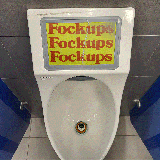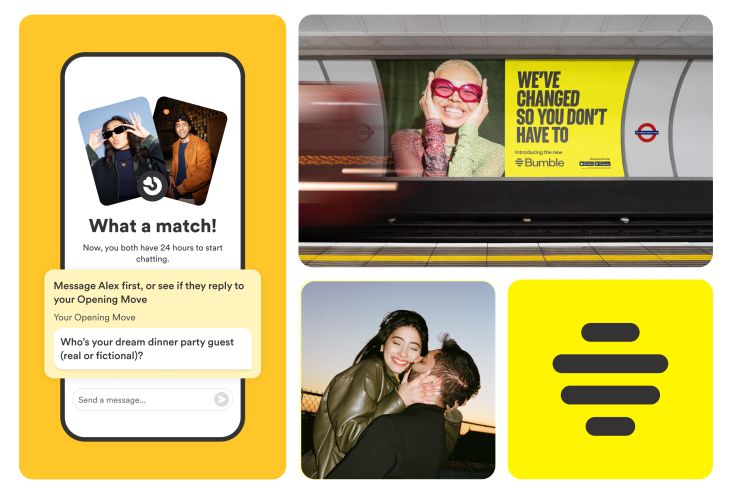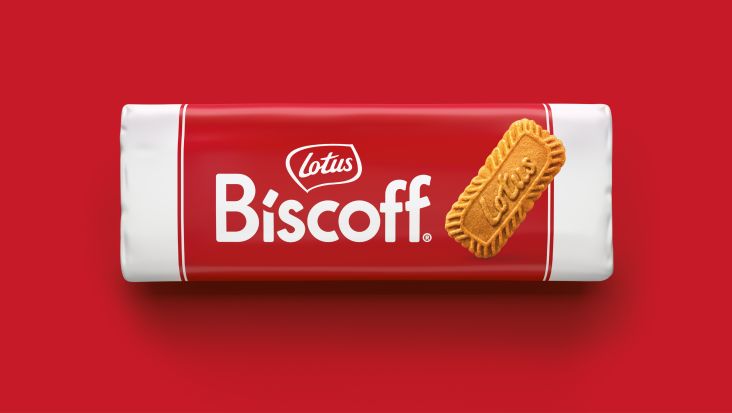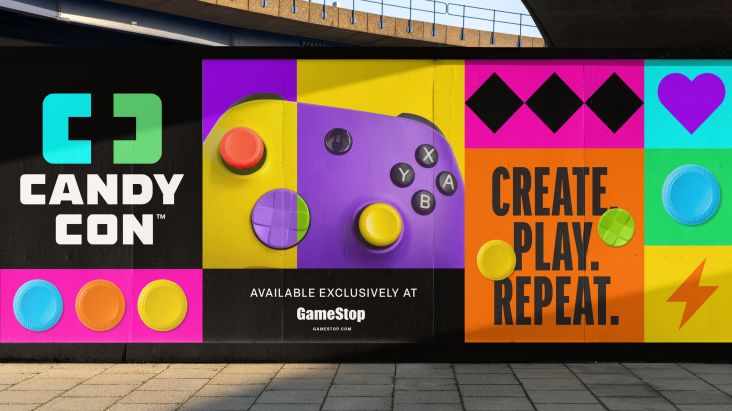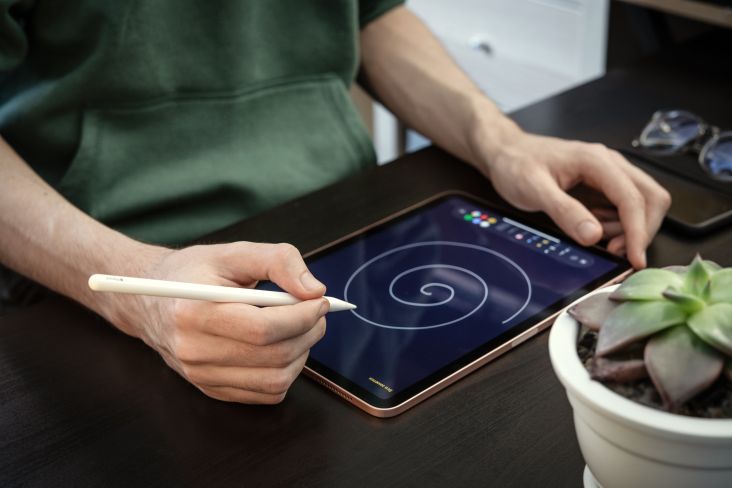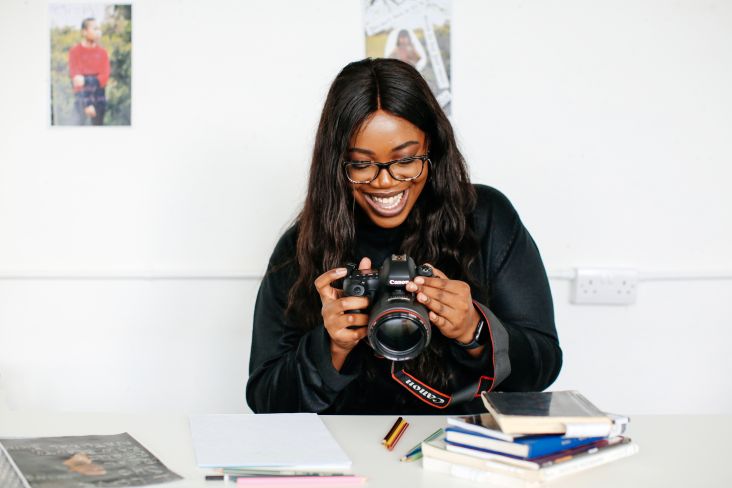Freelance illustration rates: The complete guide to pricing your work
Worried you're not charging the right rates for illustration work? Well, you're not alone. It's no exaggeration to say there is an awful lot of confusion on this issue within the artist and illustrator community.

Image licensed via Adobe Stock
On the one hand, we've all had clients who are determined to pay you as little as possible on the point of principle (or even nothing, in return for 'exposure'). These clients put a chill down your spine, and you feel the instant need to walk away. And yet other companies seem generally decent, and you really want to work for them, but the pay they offer feels like they're undervaluing your services.
However, negotiating your rates can be tricky when you don't really know what the 'right' market rate would be. So in this article, we'll offer some pointers on how to set your rates and where the right balance lies.
1. Charge for usage, not time
The first point to make is that you're not alone: almost every illustrator finds agreeing rates tough. And that's because you can't just base your price on the amount of time you've spent on a piece. It's about what the company will then do with it.
"Pricing illustration is difficult because it is not just about a service – it is the potential companies have to re-use work to make a profit," says artist and illustrator Kendyll Hillegas. "This is why usage terms are important and why wide commercial use has a much higher value than limited use of work."
Pricing can vary so much from market to market and client to client, which is part of what makes it so tricky. "But a good rule of thumb is that the more times your work will be seen or reproduced, the higher the rate should be. For example, if the illustration is going to be printed once as a spot in a magazine, that would be a lower rate, anywhere from $250-$400. If it appears on the front of a package, though, you'd be looking at more like $1,500-$4,000."
It's also about how the illustration will be used. For example, you'd want to charge more for an editorial illustration for a magazine if it's intended for the cover, as opposed to a quarter of a page inside. You'd also consider geography (will the magazine appear in one country or worldwide) and how many times the magazine is allowed to use the illustration, for example, in future editions, spin-offs, annuals and related marketing material.
In short, different usages will command different fees, and while there are no set rates for any of this, the key is to remain consistent and to charge for usage rather than time.
As art director and illustrator Tim Easley explains: "A piece that takes a day is worth more to Coca Cola than a lemonade stand, so charge accordingly. That doesn't mean you can't also charge for your time – for example, if you're unsure how many final concepts will be used – but that should be separate to the usage charge."
2. Finding the right figure
Beyond the principle of charging for usage over time, though, how do you actually come up with a figure? "If you're not quite sure, quote high rather than low," suggests Tim. "And if you don't hear back, or the response isn't positive, negotiate."
He adds: "It's also OK to ask the client what their budget is. They'll often just tell you, and you can work around that rather than taking a stab in the dark. And it's OK to reach out to well-established illustrators for their advice, too; most people don't mind!"
As well as usage, other factors may influence what you charge. This might include the size of a client (you'd expect to charge a global brand more than a small local store) and whether you were working to a short deadline (in which case you'd add on an extra charge for the inconvenience). Plus, of course, how much work the project is actually going to be.
"I would say think properly about how much time it will take you, and use that as a base, including everything from emails to sketches," says illustrator Emmy Smith. "A big client is going to pay more than a small business, so don't be afraid to ask for more. Go in high, and then you can meet in the middle if necessary."
That said, we're assuming here that the client will ask you what you charge. It's often the case, though, that they'll approach you upfront with their standard rates. In which case, the same principles apply: either accept the job, reject it outright, or ask politely whether there is any room for negotiation.
Importantly, never undercharge just for the sake of trying to get the job, says illustrator Marco Bevilacqua. "Base your costs on what you're worth," he advises. "If you want to build a 'sustainable' career in illustration, undercharging and overworking will only lead to disillusion."
It's so important to make sure your client understands usage and why you're charging for that. That way, you can both justify your price and build your confidence on asking for that higher price that you're worth.
3. Know your worth
While following the principles above sounds great in theory, in practice, even the most talented and experienced illustrators crumble in the face of opposition and end up working for less than they should. So knowing your worth, and sticking to your guns, is as much a part of getting your rates right as anything else.
"Don't work with people who won't pay your prices," urges Tatiana Bischak, an illustrator and designer specialising in brand-centric artwork. "We respect people by paying them what they're worth because underpaid people are unhealthy, stressed, and do not perform well. Clients who do not understand this will bring more stress, and you will have no money to deal with it.
"Charge as much as you possibly can and add tax," she continues. "Time-track your projects, so you get a rough idea how long tasks take you, then apply an hourly to it. Account for meetings, changes, and hangups when doing this. Factor in licensing, and if someone wants the copyright, add a zero."
As important as quoting the right price is explaining to the client why it's good value for money. As artist and illustrator Mark Leary says: "It's so important to make sure your client understands usage and why you're charging for that. That way, you can both justify your price and build your confidence on asking for that higher price that you're worth."
4. Calculate for revisions
Also, make sure that when you quote, the client (and you) knows what they're getting. For example, that doesn't usually mean endless versions of an illustration until the client is happy. But unless you spell that out, they may assume that's exactly what it includes.
"There's much misunderstanding and undercutting of prices, I feel," says designer Berenice Howard-Smith. "There's a huge misconception that all designers must illustrate, especially in publishing, and illustrators get bashed on cost. And the process too. I've always worked with pencil roughs and digital or watercolour finals, but almost always changes or rebriefs are to finals, and one has to explain why it's chargeable."
For that reason, freelance illustrator Danii Pollehn recommends you: "Always specify the number of revisions that are included and add a kill fee to the contract. This has saved my life so many times. I always add usage rights and, depending on my confidence, add another 10-20% on top of everything to be able to negotiate."
5. Check other illustrators' prices
Another key way to feel confident you're getting your pricing right is to check what other illustrators are charging. That doesn't mean you should charge exactly the same: some illustrators will always command more money due to their level of experience, the quality of their work, and how much of a "name" they've become. But it will at least give you a good ballpark in which to set your own fees.
Illustrator pricing surveys crop on the web and Twitter all the time, although they've been few and far between since the pandemic. So currently, the best approach is simply to ask other illustrators.
Some may politely decline, but the community is friendly, and we'd expect most to share if you approach them with the right degree of diplomacy. Tatiana leads by example. "I charge on average between $700-$1.6K per illustration," she says. "The most were $9K; it was extremely complex, made up of 30 smaller illos, and they made gigantic changes in the final stages of the illustration. I should be charging more."
Don't panic. You don't have to answer your clients immediately, so give yourself time to think everything through first.
6. Push up your rates over time
Illustrators agree: the more you work over time, the better you get. And ipso facto, you should up your rates regularly. "Whatever you were charging last year, add 5% on top for inflation," says Cat Finnie, a freelance illustrator and designer for animation. "Then top it up with a bonus for whatever experience and skills you've picked up."
Creative consultancy Fred Creative agree. "Up your day rate by £25 on every new job," they recommend. "Inform your regular clients every year of a 15% increase. If they complain, agree to drop it to a 10% increase. But the biggest tip is to make sure you are delivering projects as if they are a brand new client every time."
Sometimes, for whatever reason, you might agree to drop your fee to hit a client budget. But as Chris Page of Jelly London stresses: "If you do so, always show the reduction as a separate line item on your quote. Then when they come back and say, 'you did it for X last time', you can remind them of the discount you gave and say you need to charge the full fee this time."
Finally, the most important advice we can give is: don't panic. You don't have to answer your clients immediately, so give yourself time to think everything through first. "Advise the client you'll create a quote based on the information they've given, and that may take a little time," says illustrator Marco Bevilacqua. "Everyone who commissions illustration knows it can be complicated, so they're usually very understanding when it comes to a bit of a delay."




